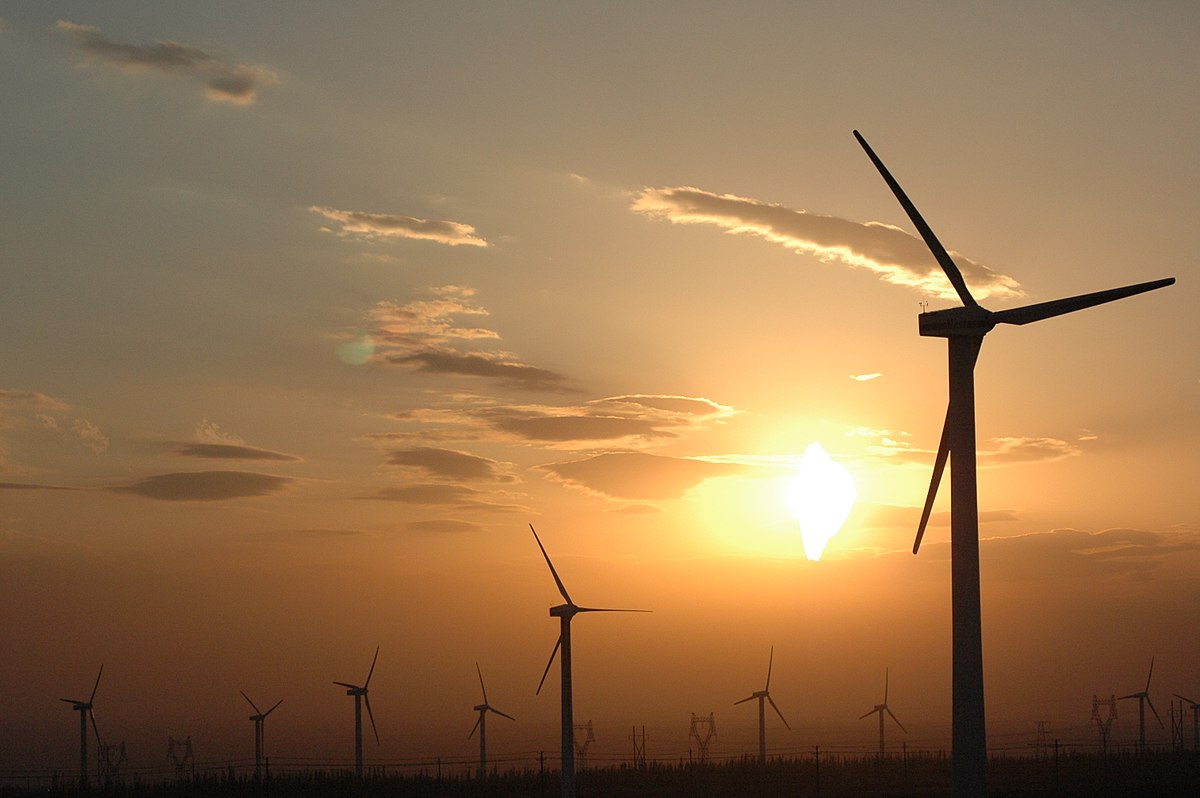Originally posted by Brian Ellis
The most OPTIMISTIC scenario for pure electric cars gaining traction in the marketplace does not anticipate "mainstream" usage, in my view.
Instead, I see the same thing happening in the automotive marketplace that's happening in the American "news" marketplace.
Splintering of the market, in other words.
In the news marketplace, consumers tend to separate and they watch cable news channels that present news in a way that conforms with their political views.
For example, the "red state" news consumers here in the Rocky Mountain West turn on FOX News and they get the news and opinion that conform to their political view of the world.
In "blue states," they tend to seek out PBS, NPR, Salon.com, etc.
I suspect the same will be true for the automobile industry.
I see one segment of the market strongly pushing for all-electric vehicles.
I see another segment of the market strongly pushing for hybrids.
I see another segment of the market clinging to traditional gasoline internal combustion engine vehicles.
I see another segment of the market pushing for hydrogen.
The point of the film, "Who Killed the Electric Car," is that the people who wanted all-electric vehicles -- in reality -- did not truly get the benefit of a "free market."
Why?
Because the all-electric vehicles were a threat to the traditional business models of various politically powerful interest groups... oil oligopolies... auto manufacturers with business models based on internal combustion engine vehicles... regulators... etc.
So when you argue, Brian, that "mainstream adoption" for electric cars would do "this" or "that," you seem to be setting up a STRAW MAN.
Jerry Jones









 I'm retired but certainly do not have time to write (or even read) your diatribes.
I'm retired but certainly do not have time to write (or even read) your diatribes.




Comment